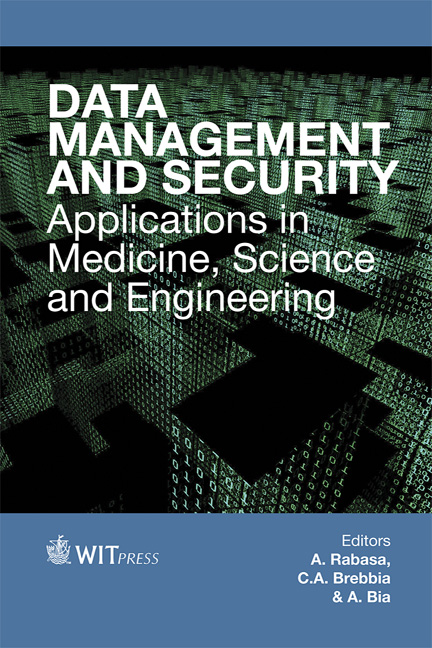Data Management For An Anaesthesiology Department Optimization
Price
Free (open access)
Volume
45
Pages
9
Page Range
175 - 183
Published
2013
Size
1,113 kb
Paper DOI
10.2495/DATA130161
Copyright
WIT Press
Author(s)
A. Rabasa, A. F. Compañ, A. J. Agulló, J. J. Rodríguez-Sala, L. Santamaría & L. Noguera
Abstract
This paper is part of a Study in Progress which presents the Data Management main guidelines for a live project designed to optimize the anaesthesiology department of a public hospital in Spain. The main goal is the detection of dispensable pre-surgery tests (e.g. chest radiography, blood test or electrocardiogram), if there is a low correlation in the contrast between a patient’s clinical history and incidences in the operating theatre. The paper’s contribution consists of two parts. Part I shows the development of a data base web application to facilitate data entry of both the anaesthesiology and the operation data itself. The design of the web data base forms and the expert (anaesthetist) specifications are shown. Part II shows how to choose and design the classification rules as the most appropriate Data Mining method for this goal and explains how such a method must be parameterized. Thus, from the historical and clinical data of each new patient, the system could advise about the suitability (or not) for certain expensive and invasive pre-surgery tests (as chest radiography can be). By applying this software, the Hospital will be able to improve the scheduling of critical resources that are often very expensive and cause delays in operation waiting lists. Finally, as future research line, this research aims to extend the proposed method to other medical departments in order to achieve lower costs, avoid invasive tests and waiting lists, in conditions where it is statistically possible. Keywords: Data Mining, forecasting, optimization, medicine, anaesthesiology, classification rules.
Keywords
Keywords: Data Mining, forecasting, optimization, medicine, anaesthesiology, classification rules.





